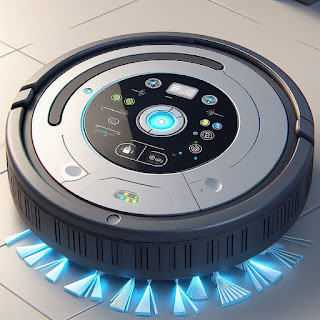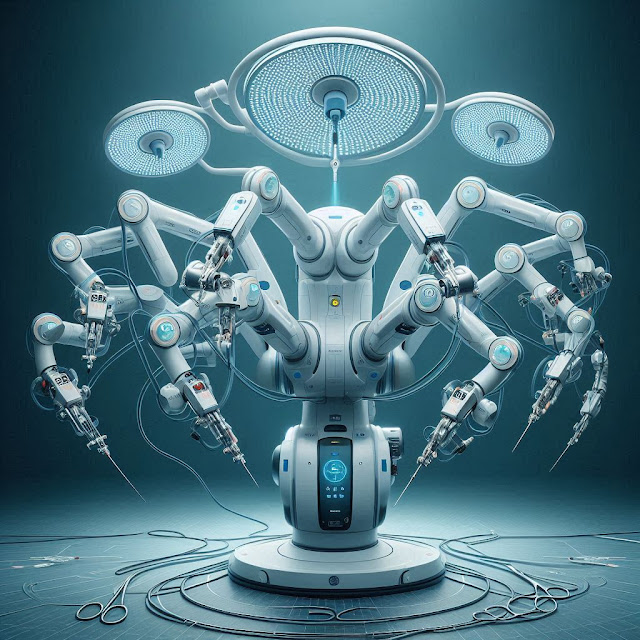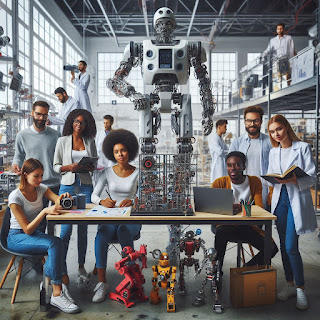Robot designs specific for individual tasks?
Robots designed for specific tasks are tailored to meet the unique demands of particular applications. These robots often have specialized features that make them highly effective in their designated roles. Here are some examples:
1. Roomba (iRobot)
- Design Features: Compact, disc-shaped body for easy maneuverability under furniture, built-in sensors for navigation and obstacle detection, and brushes and suction for efficient floor cleaning.
2. Da Vinci Surgical System
- Task: Minimally invasive surgery.
- Design Features: Multiple robotic arms equipped with surgical
instruments, high-definition 3D vision system, and precise control for delicate surgical procedures, allowing surgeons to perform complex operations with enhanced precision.
3. Atlas (Boston Dynamics)
- Task: Search and rescue, and advanced robotics research.
- Design Features: Humanoid form with advanced mobility, including walking, running, and jumping.
It’s designed to navigate rough terrain, carry equipment, and interact with the environment in complex ways.
4. Pepper (SoftBank Robotics)
- Task: Customer service and social interaction.
- Design Features: A humanoid robot with expressive eyes, a touch screen on its chest,
and the ability to recognize faces and emotions, making it ideal for interacting with customers in retail or hospitality settings.
5. Sophie (Fetch Robotics)
- Task: Warehouse inventory management.
- Design Features: A mobile robot with an extendable arm for picking items from shelves, equipped with advanced vision systems for item recognition and autonomous navigation within warehouses.
6. Aethon TUG
- Task: Hospital logistics.
- Design Features: Autonomous mobile robot designed to transport medical supplies, linens, and other materials within hospitals. It has secure compartments, can navigate complex environments, and communicates with elevators and automatic doors.
7. Spot (Boston Dynamics)
- Task: Inspection and surveillance in hazardous environments.
- Design Features: A quadrupedal robot with high mobility, capable of navigating rough terrain, climbing stairs,
and carrying payloads like cameras or sensors, making it ideal for inspections in dangerous or inaccessible areas.
8. PackBot (iRobot)
- Task: Military and hazardous material handling.
- Design Features: A rugged, tracked robot with various payloads such as cameras, sensors, and manipulation arms, used for bomb disposal, reconnaissance, and handling hazardous materials in military and emergency situations.
9. Moley Robotic Kitchen
- Task: Cooking and meal preparation.
- Design Features: A robotic system with two arms capable of mimicking human cooking movements, equipped with sensors and cameras to handle kitchen tasks like chopping, stirring, and plating dishes.
10. Kiva Systems Robots (Amazon Robotics)
- Task: Warehouse automation.
- Design Features: Small, autonomous robots designed to carry and move shelving units around a warehouse,
optimizing the process of order picking and inventory management.
Each of these robots is designed with specific hardware, software, and capabilities that align with the task it’s intended to perform, making them highly efficient and effective in their respective roles.



















Comments
Post a Comment